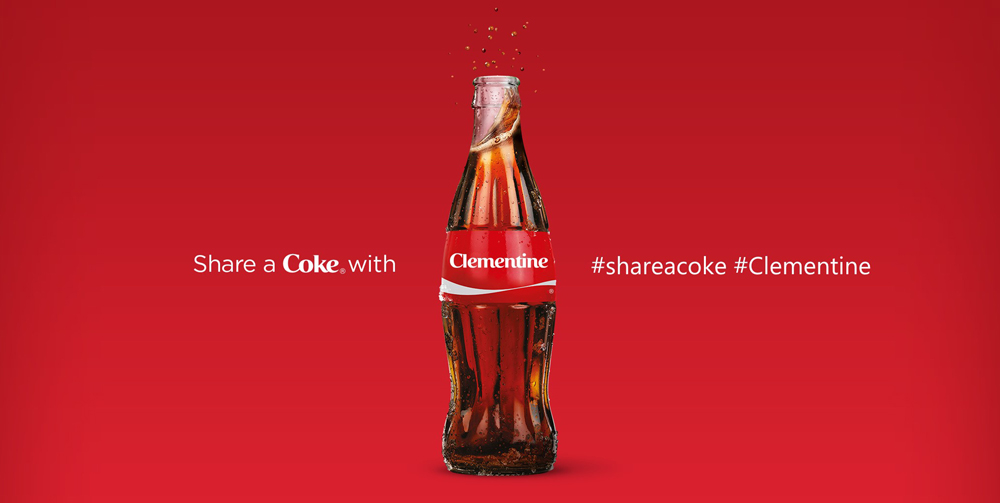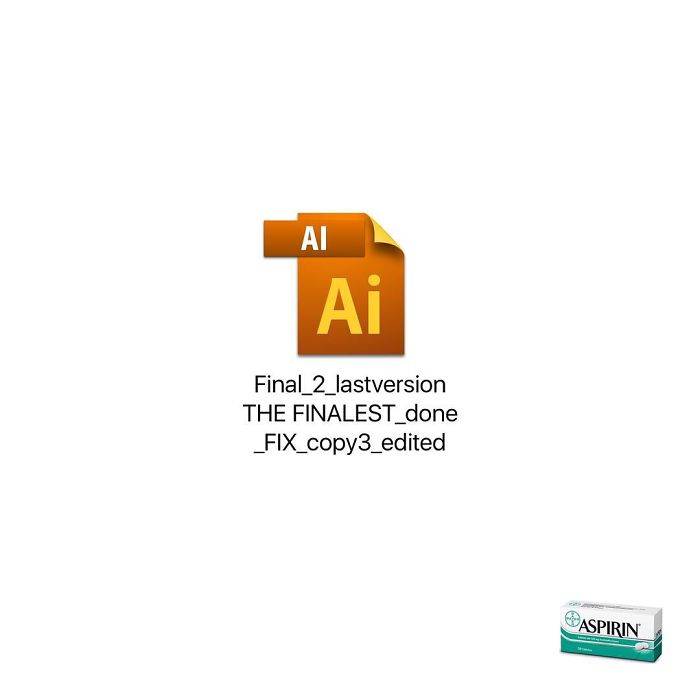
Burkett Outdoor Advertising is an advertising and marketing company that has been operating for more than thirty years. It has its headquarters in Amarillo Texas and serves San Antonio and Austin, Texas. The company is owned by Randy Burkett and his son Beau.
Bill Salter Outdoor Advertising
Local business owner Jim Persons filed a complaint alleging that Burkett Outdoor Advertising billboards in downtown San Antonio were illegal. It also claims that the billboards violated state ethics laws. The complaint was filed by Jim Persons, who favors the downtown ballpark project.

The signs, which were not accompanied by a TEC right to-of-way notice and didn't disclose any information about Tim Benson's purchase of the ad spot, are alleged to be in violation state law. Also, the owner claims that the ads are not clear that they were paid for by the campaign.
TEC Rejects Businessowner's Complaint
Persons, an owner of an insurance agency, filed a complaint on October 12 but was denied by the TEC. In a statement, the commission claimed that the complaint was based in technical errors.
The TEC cited the "simple errors” in the information in its rejection letter. The TEC stated that the information in the ads stating Benson bought the ad space was difficult to read and did not include a TEC right of way statement as required under law.
The question of whether these errors were serious or not is still open for discussion. The TEC did no respond to reporter inquiries on Wednesday.

Unconstitutional is the City's Sign Ordinance
The underlying legal issue in this case is the constitutionality of a City ordinance that requires Salter to obtain permits to install off-premises advertising signs. Salter specifically challenges the City's municipal ordinance (the "Ordinance"), which governs the location, size and setback of outdoor advertising signs. The court is tasked with determining whether the Ordinance is constitutional on its face and as applied. The court will need to consider evidence that the Ordinance favors commercial advertisements over those not.
FAQ
How much does it cost for social media advertising?
If you decide to go this route, you should know that social media advertising is not free. Based on the time spent on each platform, you will be charged monthly.
Facebook - $0.10 per 1000 impressions
Twitter - $0.20 for 1,000 impressions (if tweeting)
If you send invitations, Linkedin: $0.30 per 1,000 impressions
Instagram - $0.50/1000 impressions
Snapchat - $0.60 per 1,000 impressions ($0.40 per user)
YouTube - $0.25 Per 1,000 Views
Tumblr - $0.15 per 1,000 impressions for text posts.
Pinterest - $0.05 per 1,000 impressions per month
Google + $0.15-$0.20 Per 1 Million Impressions
Tumblr – $0.15 - $0.20 per 100,000 impressions
Vimeo – $0.20- $0.25 Per 10,000 Impressions
Soundcloud - $0.20 - $0.0.25 for 1,000,000 plays
StumbleUpon - $0.20 -$0.25 per 1 billion pageviews
Digg - $0.20 to $0.25 per 1000 diggs
Reddit: $0.20-$0.25 for 1000 comments
Wordpress – $0.20--$0.25 Per 500 Comments
Flickr - $0.20 -- $0.25 per 5,000 photo uploads
How can you choose your target audience?
Start with yourself and those close to you. Do you not know where to start? Ask yourself "Whom do I want to reach?"
Ask yourself these questions. Who are the most influential people within my industry? What problems do they deal with daily? Who are my top-ranking people? You can find them online.
Start at the beginning of your business. Why did your start? What problem were you able to solve and how did this happen?
These answers will help to identify your ideal clients. This will allow you to learn more about your ideal customers and their motivations for buying from you.
For clues on who your competitors cater to, check out their websites and social media pages.
Once you have identified the target customers, it is time to decide what channel(s) you want to use to reach them. For example, if your company provides services to real estate agents, you might create an informational website targeting home buyers.
You could create a blog if you offer software to small business owners.
A Facebook page for teens could be set up if you are a clothing seller. A Twitter account could be set up by restaurant owners to allow parents to search for places that are kid-friendly.
It is important to remember that there are many methods of getting your message across.
What is branding?
Branding is a way to communicate who and what you are. It's how you make people remember you when they hear your name.
Branding is about creating a unique identity that distinguishes your company. A brand does not only include a logo, but includes everything that you look like and how your voice is used by employees.
A strong brand makes customers feel more confident about buying from you. And it gives them confidence in choosing your products over those of competitors.
Apple is a great example of a brand-named company. Its brand is known worldwide for its sleek design, high-quality products, and customer support.
Apple's name has become synonymous for technology. Apple is what people associate with when they see a phone or computer.
You should think about creating a brand if you are considering starting a business. This will give your business a face and personality.
What is the best way to advertise online?
Internet advertising has become an integral part any business strategy. It allows companies reach potential customers at a very low cost. However, there are many different types of internet advertising available. Some are free, while others require payment.
There are many ways to advertise online, including pop-up ads and banner ads. Each method comes with its own set of advantages and disadvantages.
What are the basics of print advertising?
Print advertising is an effective medium for communicating with consumers. It is used by many companies for promoting products and services. The goal is to get the consumer's attention.
Print ads are typically short (1 page) and usually include text, photos, logos, or other graphics. They may also include sound, animation, video, and hyperlinks.
Here are the main types and classifications of print advertising:
1. Brochures – These are large format printed pieces that are intended to draw people into stores. Brochures often feature eye-catching designs and colorful photos.
2. Catalogues – These are smaller versions to brochures. They are typically sent to customers who have requested information on specific items.
3. Flyers - These are small pieces of paper distributed at events such as concerts and fairs. Flyers can be handed out at retail outlets for a small fee, but are generally free.
4. Posters - These are larger versions of flyers. These flyers can be displayed on buildings, fences and walls. They are created by computer software programs in order to grab passersby's eyes.
5. Direct mail – These are direct mail letters and postcards sent to potential customers. These are sent out by companies to remind customers about their business.
6. Newspaper Ads - These advertisements are found in newspapers and magazines. They are usually quite long and contain both text and images.
What is affiliate marketing?
Affiliate marketing can be described as an online business model. You earn commissions by referring customers who purchase products and/or services on other websites. If someone buys from your product, you get paid by the owner.
Affiliate marketing is built on referrals. You don't have to do anything special for people to buy from you. You just need to refer them to our website.
You don't have to sell anything. Selling is as easy as buying.
It takes just minutes to set up an account as an affiliate.
Referring as many people as possible will increase your commission.
There are two types of affiliates:
-
Affiliates who own their own websites
-
Affiliates who work for companies that offer products and services.
What is an advertising campaign?
A campaign is a series advertising messages that are designed to promote a product. It may also refer to the entire production of such ads.
The Latin word for "to Sell" gives rise to the term "ad". Marcus Terentius Varro (116–27 BC), was the first to make it a verb, meaning "to make sale".
Advertising campaigns are usually done by large companies and agencies. Many media types can be used in these campaigns, including television, radio and print.
Advertising campaigns typically last for several months and have specific goals. Some campaigns are designed to increase awareness, while others aim to increase sales.
Statistics
- In 1919 it was 2.5 percent of gross domestic product (GDP) in the US, and it averaged 2.2 percent of GDP between then and at least 2007, though it may have declined dramatically since the Great Recession. (en.wikipedia.org)
- This means that at least 50% of an ad needs to be shown on the screen for at least one second. (quicksprout.com)
- Nonetheless, advertising spending as a share of GDP was slightly lower – about 2.4 percent. (en.wikipedia.org)
- It collects money from the advertisers, keeps 32% for its role in facilitating the process, and the remaining 68% goes to the publisher (you). (quicksprout.com)
External Links
How To
How can I advertise through Google?
AdWords, Google's advertising platform, allows businesses to buy ads based upon keywords they wish to target. The first step is setting up your account. You select a campaign name, set the budget, choose the ad type (text, image, video), and add keywords. You then place your bids on these keywords. If someone clicks on one of your ads, you pay only if the click comes from a person who searched for one of your targeted keywords. You get paid even if people don't purchase anything.
Google has many tools to help you ensure your ads work. These tools include Ads Preferences Manager and Keyword Planner. These enable you to determine what is most effective for your business.
A keyword planner can help you identify the right keywords for your campaigns. You can also see how competitive certain keywords are, which will help you decide whether to spend money bidding for them.
You can use Ads Preferences Manager to change settings like the maximum number of impressions per day and the minimum cost per click.
Analytics lets you track the performance of your ads and compare them to competitors. You can also view reports that show how well your ads compared to others.